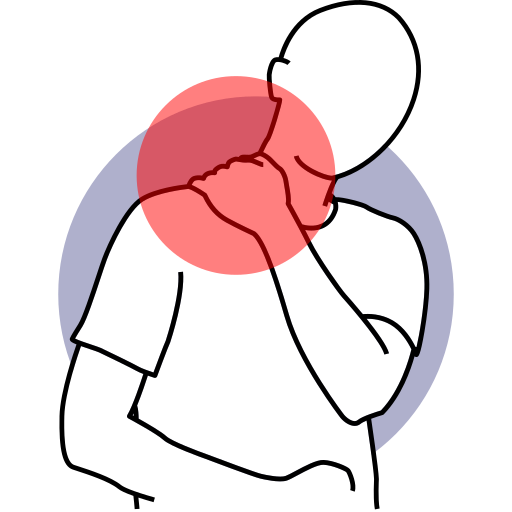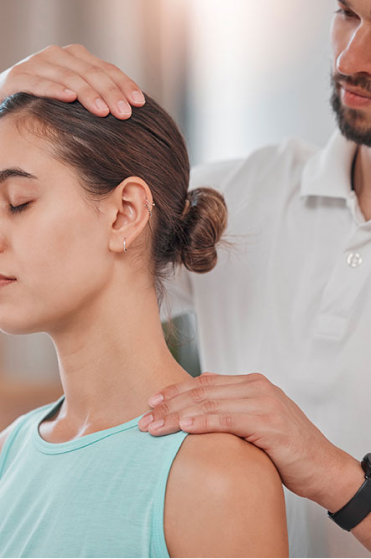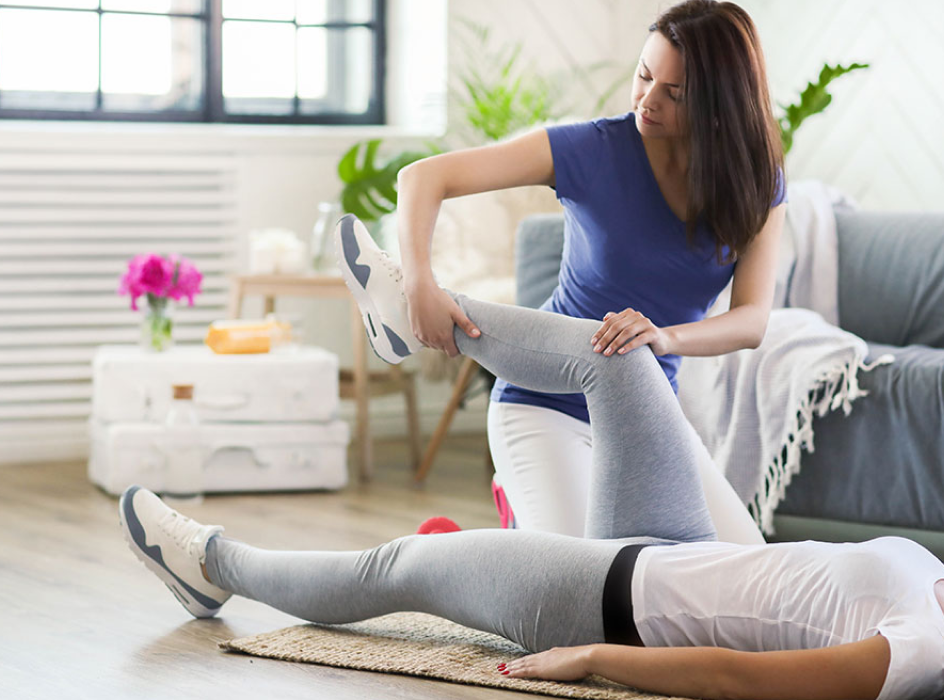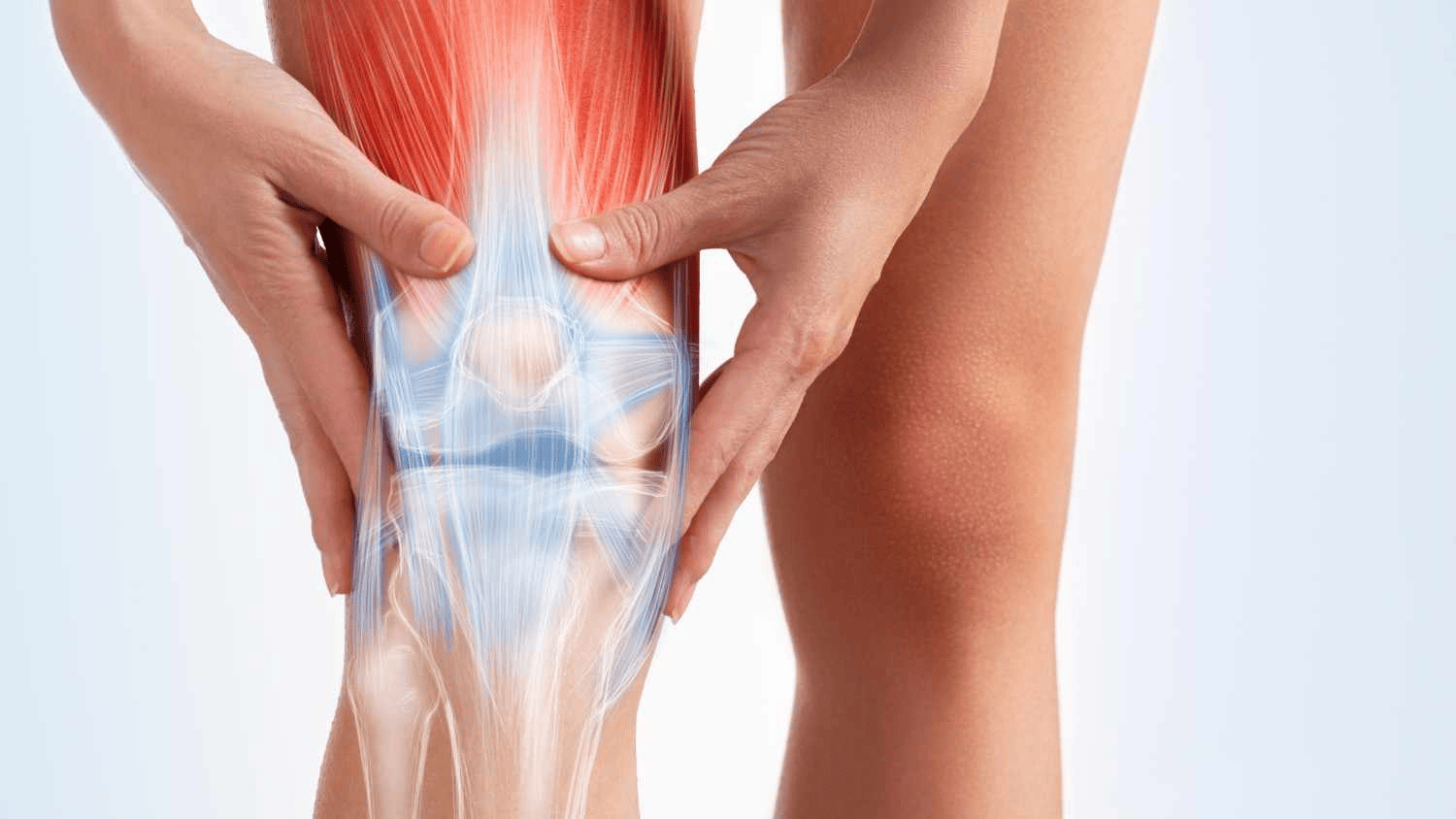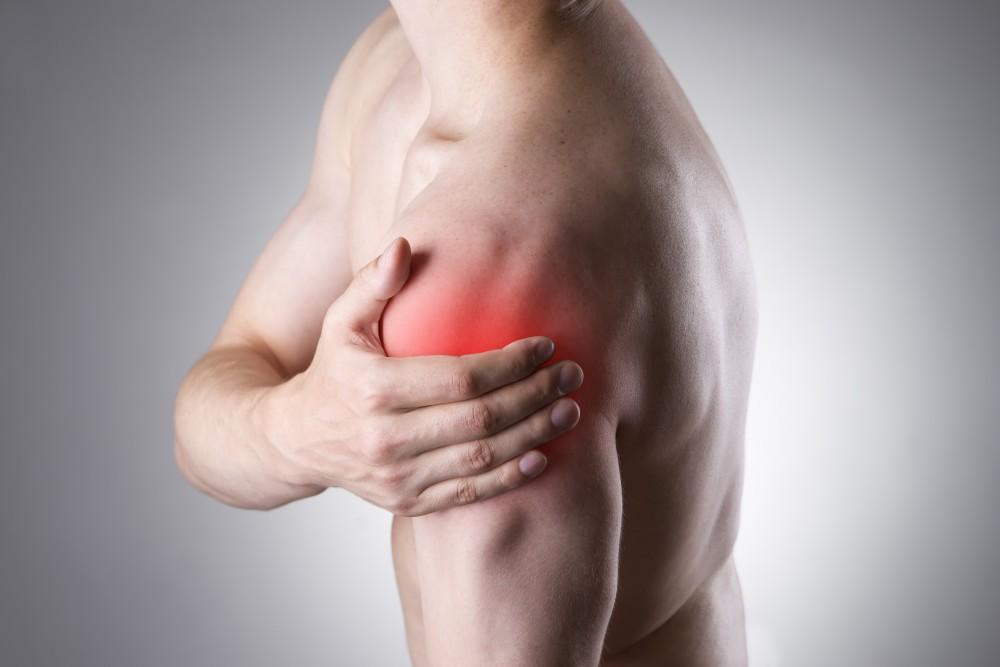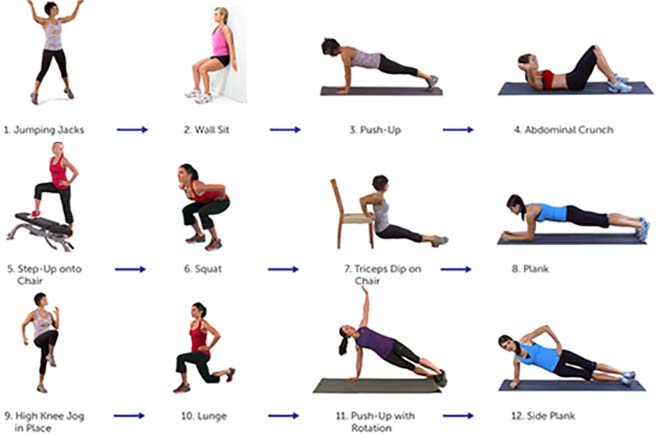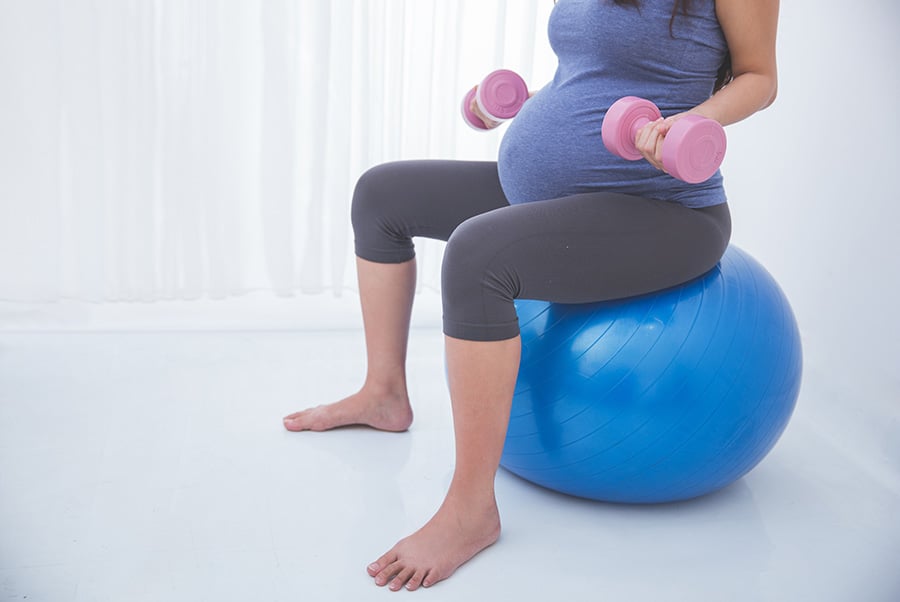Introduction: Why Posture Matters More Than You Think
In our modern world of long work hours, screen time, and sedentary lifestyles, posture often takes a back seat. However, poor posture can lead to a range of health problems, including chronic back pain, neck stiffness, and even digestive issues. The good news is that many posture mistakes are easy to fix with a little awareness and some simple adjustments.
In this blog post, we’ll highlight the most common posture mistakes and provide you with actionable tips to correct them. With these fixes, you can improve your posture and prevent long-term discomfort.
1. Slouching While Sitting
The Mistake:
Slouching or leaning forward in your chair is one of the most common posture errors. This happens when the spine loses its natural curve and puts unnecessary strain on the muscles and joints. Long-term slouching can cause chronic back pain, fatigue, and even spinal misalignment.
How to Fix It:
- Sit Back in Your Chair: When seated, ensure your back is fully supported by the backrest. Your lower back should be supported by the lumbar curve of your chair.
- Engage Your Core: Actively tighten your core muscles to keep your spine in a neutral position. Avoid letting your stomach or lower back sink forward.
- Feet Flat on the Floor: Keep your feet flat on the floor, knees at a 90-degree angle, and avoid crossing your legs for better alignment.
2. Hunching Over While Standing
The Mistake:
When standing, many people tend to round their shoulders forward or jut their head out, which puts a strain on the neck and upper back. This forward-leaning posture, often referred to as "text neck" or "tech neck," is a common issue in the digital age.
How to Fix It:
- Align Your Ears with Your Shoulders: When standing, make sure your head is aligned with your spine. Imagine a straight line from your ears to your shoulders to avoid leaning your head forward.
- Relax Your Shoulders: Roll your shoulders back and down to prevent them from hunching forward. This will open up your chest and improve your posture.
- Engage Your Core: Tighten your abdominal muscles to help support your lower back and prevent slouching.
3. Text Neck (Looking Down at Your Phone or Screen)
The Mistake:
Spending hours looking down at your phone, tablet, or laptop can create "text neck"—a condition where the head juts forward, causing strain on the neck and upper back. This forward posture increases the load on your spine, leading to discomfort and potential long-term damage.
How to Fix It:
- Raise Your Device: Hold your phone or tablet at eye level to keep your head and neck in a neutral position. This helps you avoid looking down and straining your neck.
- Take Breaks: Limit the time spent on devices and take frequent breaks to stand, stretch, and realign your posture.
- Strengthen Your Neck Muscles: Perform neck stretches and exercises to strengthen the muscles that support your neck and improve posture.
4. Standing with Weight on One Leg
The Mistake:
When standing for long periods, many people shift their weight onto one leg, causing an imbalance in the body. This uneven distribution of weight can lead to lower back pain, hip issues, and muscle fatigue.
How to Fix It:
- Distribute Your Weight Evenly: Try to keep your weight evenly distributed between both feet, whether you’re standing still or walking.
- Engage Your Core: Gently tighten your abdominal muscles to provide better support for your spine.
- Avoid Locking Your Knees: Keep your knees slightly bent, as locking them can cause tension in your legs and lower back.
5. Overarching the Lower Back
The Mistake:
Many people tend to push their hips forward, causing the lower back to arch excessively. This can lead to compression in the spine, lower back pain, and even issues with the pelvic muscles.
How to Fix It:
- Maintain a Neutral Spine: Keep your pelvis neutral. Avoid sticking your hips forward, and instead, engage your core muscles to support the lower back.
- Mind Your Posture When Standing: When standing, imagine your pelvis is in line with your rib cage to avoid excessive arching in the lower back.
- Strengthen Your Core and Glutes: A strong core and glutes will help prevent your lower back from overextending.
6. Improper Sleeping Posture
The Mistake:
Sleeping in a poor position—such as on your stomach or with an unsupported neck—can lead to neck pain, back issues, and poor sleep quality. This is often overlooked as a contributor to poor posture.
How to Fix It:
- Sleep on Your Side or Back: These positions maintain the natural alignment of your spine. If you sleep on your back, consider placing a pillow under your knees for added support.
- Choose the Right Pillow: Ensure that your pillow supports your neck in a neutral position. Avoid high or stiff pillows that can cause your neck to bend unnaturally.
- Use a Mattress that Supports Proper Alignment: A medium-firm mattress that supports the spine’s natural curvature will reduce pressure points and promote better posture during sleep.
7. Forward Head Posture (FHP)
The Mistake:
Forward head posture occurs when the head juts forward of the shoulders, often as a result of hours spent staring at a screen. This posture puts excess pressure on the cervical spine and can lead to tension headaches, neck pain, and even shoulder discomfort.
How to Fix It:
- Chin Tucks: Perform simple exercises like chin tucks, where you gently pull your chin back toward your neck to strengthen the muscles that help correct forward head posture.
- Align Your Ears with Your Shoulders: Focus on keeping your head aligned with your spine by drawing your ears back, rather than letting your head protrude forward.
- Take Frequent Breaks: If you're working on a computer or phone for extended periods, take breaks to readjust your posture and stretch your neck muscles.
Conclusion: The Importance of Correcting Posture Mistakes
Correcting posture mistakes is essential for preventing pain, improving mobility, and maintaining overall health. By being mindful of your posture and making small adjustments throughout the day, you can avoid the discomfort and long-term consequences that come with poor alignment.
Remember, improving your posture won’t happen overnight, but with consistent effort, you’ll notice the difference in how you feel. So, whether you’re sitting at your desk, standing in line, or simply relaxing at home, pay attention to your posture and make adjustments where needed.









